Rygos getas ir Latvijos Holokausto muziejus
Muziejus

Rygos geto ir Latvijos Holokausto muziejus yra įsikūręs Rygoje, netoli Rygos centrinio turgaus ir Rygos centrinės stoties. Muziejus buvo atidarytas 2010 m. toje vietoje, kur anksčiau buvo miesto sandėliai. Jis įsikūręs istorinėje miesto dalyje, šalia buvusio žydų geto sienos. Geto teritorija yra unikali, nes architektūros požiūriu ji nepasikeitė nuo Antrojo pasaulinio karo. Tai memorialas, skirtas žydų tautos tragedijai. Vokietijos politika žydų gyventojų atžvilgiu Latvijoje iki 1939 m. pabaigos buvo tokia, kad Vokietijos diplomatai ir politikai bandė daryti spaudimą Latvijos vyriausybei, kad ši imtųsi veiksmų prieš žydus, apribodama jų laisvę. Po Baltijos vokiečių emigracijos 1939 m. Vokietijos ambasada nebeturėjo tokios geros prieigos prie informacijos apie gyventojų nuotaikas ir įvykius Latvijoje kaip anksčiau. Kai Raudonoji armija okupavo Latviją, ji manipuliavo visuomene, kad gautų žydų gyventojų paramą naujajai okupacinei valdžiai. Tačiau po to, kai režimas pradėjo represijas prieš visą visuomenę, parama sparčiai sumažėjo. Dėl viso to tarp žmonių susiformavo gilus susiskaldymas. Vėliau kitas režimas – Vokietija – bandė tuo pasinaudoti. Jie tikėjosi, kad vietos gyventojai persekios ir puls žydus, tačiau taip neatsitiko. Taigi, Vokietija pakoregavo savo požiūrį ir parengė naują planą – iš pradžių įkurti žydų getą, o vėliau sunaikinti jo gyventojus.
Panaudoti šaltiniai ir literatūra:
Oficiali Rygos geto muziejaus svetainė. Prieiga per internetą: www.rgm.lv [Žiūrėta: 2021-03-20].
Dribins, L. Žydai Latvijoje (Antras papildytas leidimas). Ryga: Elpa, 2002 m.
Kangeris, K. Trečiojo Reicho dokumentai apie žydų padėtį Latvijoje. Holokausto tyrimai Latvijoje. Ryga: Latvijos universiteto Latvijos istorijos institutas, 2004 m.
Jūsų komentarai
Susijusi laiko juosta
Susijusi istorija
Prisiminimai apie Žanį Lipkę
Po sovietų okupacijos sekė vokiečių okupacija. Naciai vykdė nusikaltimus prieš Latvijos gyventojus. Viena iš šių etninių grupių buvo žydai. Iš pradžių buvo įkurti getai, bet vėliau sekė žydų naikinimas. Daugelis latvių gelbėjo žydus nuo sunaikinimo. Vienas iš jų buvo Žanis Lipkė.
Rygos getas ir Holokaustas
Sąmoningai buvo pasirinkti trijų skirtingų žmonių memuarų fragmentai, leidžiantys atidžiau pažvelgti į Holokausto nusikaltimą iš skirtingų perspektyvų.
Dovydo žvaigždė Dundagos koncentracijos stovyklos memorialinėje vietoje
Atgavę nepriklausomybę, Dundagos gyventojai žydų žudymo ir perlaidojimo vietoje prie Mazirbės–Dundagos kelio pastatė didelę medinę Dovydo žvaigždę, o vėliau Latvijos žydų kongregacijų ir bendruomenių taryba šalia jos taip pat atidengė atminimo akmenį.




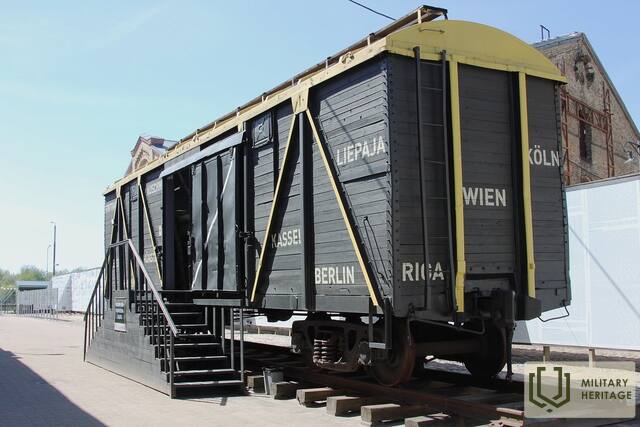
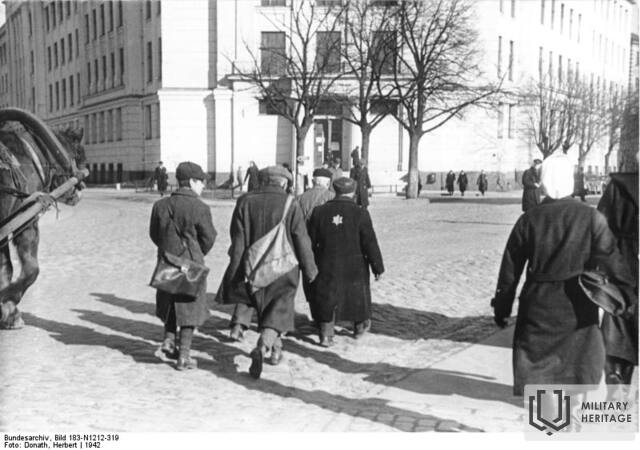
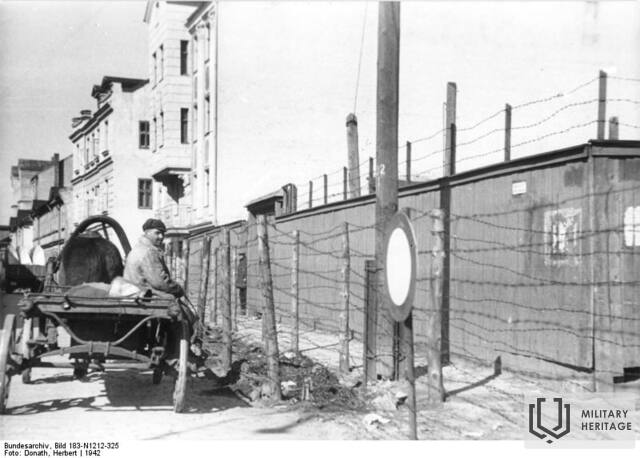
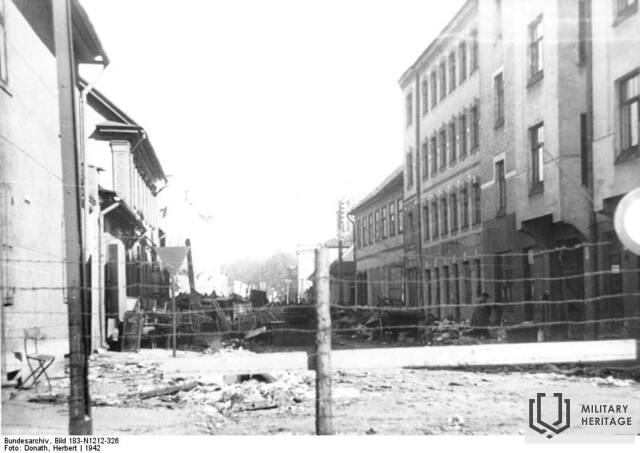
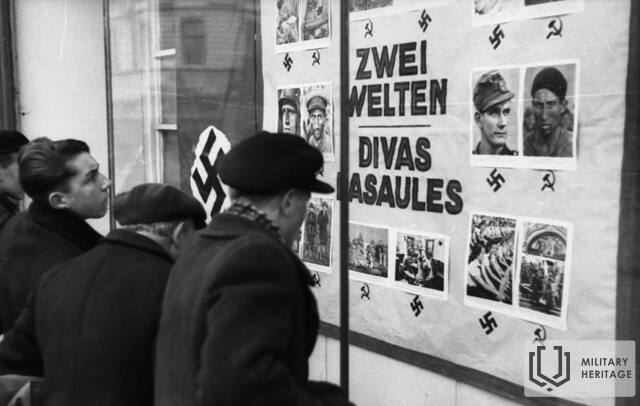
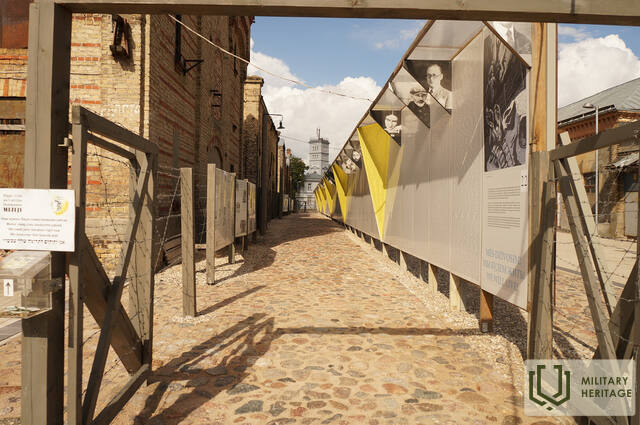
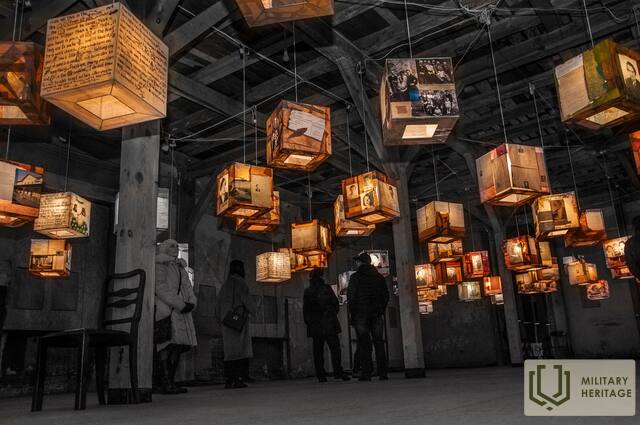
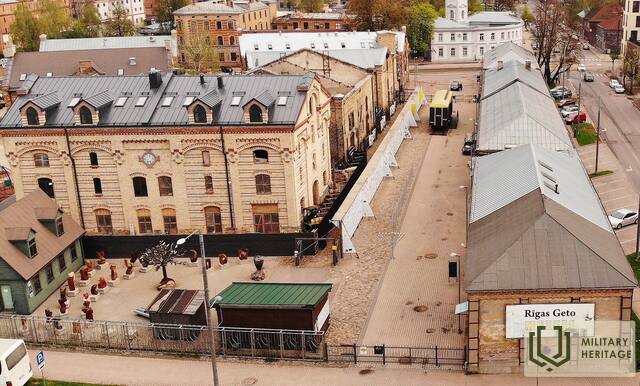











Gerbiamasis pone arba ponia, aš seku paskutiniais pėdsakais: Norbertas Kronenbergas, gimęs 1908 m. rugpjūčio 4 d. Hanoveryje, Vokietijoje, ištremtas iš Hanoverio į Rygą 1941 m. gruodžio 15 d. kartu su 1000 kitų Vokietijos žydų, kurių transporto numeris 461 deportuojamųjų sąraše. Išgyvenęs šį traukinį buvo sutikęs Norbertą K. Salaspilyje, o vėliau tai paliudijo Hanoveryje. Šiandien, 2022 m. rugsėjo 11 d., muziejuje praleidau apie šešias valandas – viskas mane sužavėjo ir giliai paveikė – bet didelėje baltoje lentoje po Hanoverio tremtinių grupe neradau Norberto Kronenbergo vardo. Norbertas Kronenbergas buvo mūsų šeimos narys; jis dirbo radijo mechaniku pas mano uošvį H. Menzelį Hanoveryje. Padėjome jam suklupimo akmenį Hanoveryje ir perdavėme svarbiausius asmeninius daiktus „ZeitzeugenZentrumZivilcourage“ (Šiuolaikinio pilietinės drąsos liudytojų centrui) viešai demonstruoti. Rugsėjo 21 dieną skrendu atgal į Vokietiją. Būčiau labai dėkingas, jei išgirsčiau jūsų nuomonę šiuo klausimu. - Maloniai pasisveikinu. - Klausas Schlüteris